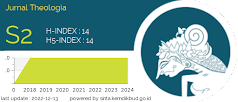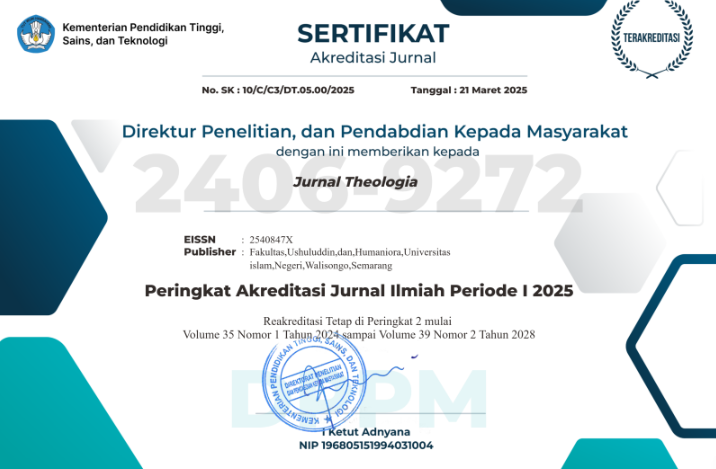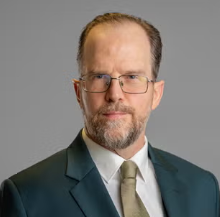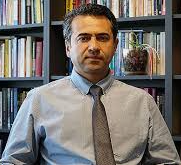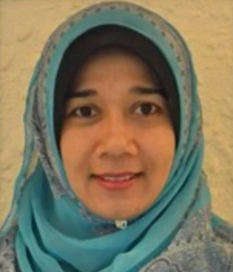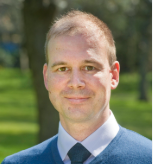NEW SPIRITUAL MOVEMENT: Menelisik Visi Transformatif Komunitas Lia Eden sebagai Embrio Lahirnya New Age di Indonesia
DOI:
https://doi.org/10.21580/teo.2018.29.1.2415Keywords:
gerakan keagamaan, spiritualitas, religious movement, new age, Lia EdenAbstract
Abstract: This research aims to explain the phenomenon of Lia Eden community which is a new spiritual movement in the dynamics of religious life in Indonesia. Some points to be described in this research are related with a background of the birth and development of the Lia Eden community, teaching, and transformative vision in the public sphere. This research is a case study of the Lia Eden community that became of the New Age movement in the wake of belief in formal religions that considered failure in overcoming the modern human crisis. This research shows that Lia Eden community is a new spiritual movement who tried to awaken a spirit of all religions so that able to overcome of a social problem in society. This movement is not ambitions to establish a new religious institution with a strict and doctrinal organization, but effort to transmit spiritual power at the individual level to become a reflection of the mystical movement that brought changes to human life.
Abstrak: Penelitian ini bertujuan untuk menjelaskan fenomena komunitas Lia Eden yang merupakan gerakan spiritualitas baru dalam dinamika kehidupan beragama di Indonesia. Beberapa poin yang ingin dijabarkan dalam penelitian ini adalah berkaitan dengan latar belakang kelahiran dan perkembangan komunitas Lia Eden, ajaran, dan visi transformatifnya dalam ruang publik. Penelitian ini merupakan studi kasus dari komunitas Lia Eden yang menjadi bagian dari Gerakan Zaman Baru (New Age Movement) di tengah memudarnya kepercayaan terhadap agama formal yang dianggap gagal dalam mengatasi krisis kemanusian modern. Penelitian ini menunjukkan bahwa komunitas Lia Eden merupakan gerakan spiritualitas baru yang berupaya membangkitkan roh dari semua agama agar berperan dalam mengatasi masalah sosial di masyarakat. Gerakan ini tidak berambisi untuk mendirikan institusi baru yang bersifat keagamaan dengan organisasi yang ketat dan bersifat doktrinal, melainkan berupaya untuk mentransmisikan kekuatan spiritual pada level individu hingga menjadi cerminan dari gerakan mistik yang membawa perubahan bagi kehidupan manusia.Downloads
References
Adam, Daniel J. Teologi Lintas Budaya: Refleksi Barat di Asia. Jakarta: BPK Gunung Mulia, 1991.
Aminuddin, Lia. Perkenankanlah Aku Menjelaskan Sebuah Takdir. Jakarta: Yayasan Salamullah, 1998.
Arnold, Arnold. The Corrupted Sience: Challenging the Myths of Modern Science. London: Paladin, 1992.
Capra, Fritjof. The Turning Point, Science, Society, and the Rising Culture. New York: Bantam Book, 1987.
Chandler. Understanding The New Age. New York: Pantheon Book, 1988.
Copra, Deepak. Quantum Healing: Exploring the Frontiers of Mind/Body Medicine. New York: Bantam Books, 1989.
Das, Bhagavan. The Essensial Unity of All Religions. Illionis: The Theosophical Press, 1966.
Ernst, Carl W. Ekspresi Ekstase dalam Sufisme. Yogyakarta: Putra Langit, 2003.
Ferguson, Marilyn. Aquarian Conspiracy: Personal and Social Transformation in Our Time. Los Angeles: Jeremy P. Tarcher, 1987.
Hanegraaff, Wouter J. New Age Religion & Western Culture, Esotericism in the Mirror of Seculer Thought. New York: Bantam Book, 1996.
Hidayat, Komaruddin, and Muhamad Wahyuni Nafis. Agama Masa Depan: Perspektif Filsafat Perennial. Jakarta: Gramedia Pustaka Utama, 2003.
Jamil, Mukhsin. Agama-agama Baru di Indonesia. Yogyakarta: Pustaka Pelajar, 2008.
Legge, James. The Texts of Taoism. Singapore: Graham Brash, 1979.
Madjid, Nurcholish. “Beberapa Renungan tentang Kehidupan Keagamaan di Indonesia untuk Generasi Mendatang.” Jakarta: Taman Ismail Marzuki, 1992.
Makin, Al. Challenging Islamic Ortodhoxy: Accounts of Lia Eden and Other Prophets in Indonesia. Switzerland: Springer International Publishing, 2016.
———. Nabi Palsu: Membuka Kembali Pintu Kenabian. Yogyakarta: Ar-Ruzz Media, 2003.
Melton, J. Gordon. Encylopedic Handbook of Cults in Amerika. New York: Garland Publishing, 1986.
Mufid, Ahmad Syafi’i. “Kuasa Jibril: Dari Sufisme Perenial, Salamullah Hingga Spritualisme Eden.” dalam Urban Sufism, ed. Martin van Bruinessen dan Julia D. Dowell. Jakarta: Rajawali Press, 2008.
Murata, Sachiko. Gemerlap Cahaya Sufi Dari Cina. Yogyakarta: Pustaka Sufi, 2003.
Naisbitt, John, and Particia Aburdene. Megatrends 2000: Ten New Directions for the 1990’s. New York: Avon Books, 1991.
Oka, Gedong Bagoes. “Spiritualitas Baru dalam Agama Hindu.” dalam Spiritualitas Baru Agama dan Aspirasi Rakyat, ed. Elga Sarapung, Alfred B. Jogo Ena, dan Noegroho Agoeng. Yogyakarta: Institut DIAN/Interfide, 2004.
Spangler, David. Emergence: The Rebirth of the Sacred. New York: Dell, 1984.
———. Revelation: The Birth of a New Age. San Fransisco: Rainbow Bridge, 1976.
Sukidi. New Age: Wisata Spiritual Lintas Agama. Jakarta: Gramedia Pustaka Utama, 2001.
Swidler, Leonard. After the Absolute, The Dialogical Future of Religious Reflection. Minneapolis: Fortress Press, 1990.
Vardey, Lucinda. God in All Worlds: An Anthology of Contemporary Spiritual Writing. New York: Pantheon Book, 1995.
Yogaswara, A., dan Maulana Ahmad Jalidu. Aliran Sesat dan Nabi-nabi Palsu: Riwayat Aliran Sesat dan Para Nabi Palsu di Indonesia. Yogyakarta: Narasi, 2008.


